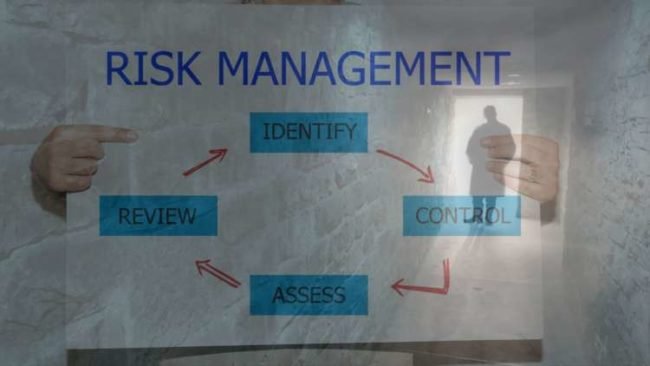
Legal Entity Identifiers play a vital role in the banking sector. Each day, banks depend on these 20-character reference codes for trading, business customer onboarding and other essential business activity – especially now they have become mandatory by regulation in a variety of trading processes.
It is no surprise, then, that LEI uptake has boomed in the past 2 yrs. 1.Six million LEIs have now been issued globally and the numbers are continuing to increase. It's also likely that current market uncertainty due to the COVID-19 crisis will raise the number of trading counter-parties needing LEIs.
As business models accelerate being digital-first amid the pandemic, there has never been a far more important here we are at financial organisations to establish online trust – which begins with effective digital identity management. Crucially, LEIs give a standard for identification during global trade: the identifiers are publicly verifiable and ensure visibility over 'who is who' and 'who owns whom' . By delivering a powerful organisation identity, LEIs ultimately ensure visibility in transaction processes and mitigate risk exposure.
Alongside heightening transparency and trust, LEIs also offer a range of additional advantages. For example, they may be accustomed to help streamline automated customer and partner verification workflows, which in turn reduces time and operational cost.
Navigating complicated regulations can be challenging, and therefore a reliable, easy and efficient way of positioning a company like a true legal identity is vital. However, as LEIs are adopted in a rapid pace, ensuring they are used within the most secure possible way is equally important. Knowing that, banks ought to be paying close focus on effective LEI management.
Building digital trust
Methods for customer verification and also the tracing of transaction information can be simplified through the implementation of LEIs. In today's banking sector, the large most of transactions require identification during transactions, which is why LEIs are fundamental.
Where Level 2 data was previously unseen during transactions, LEIs guarantee transparency over the whole identification process. This is particularly essential for large-scale transactions between corporate enterprises, because these transactions require correct entities to match up with every organisation partaking within the procedure.
With LEIs, visibility of all identities within the transaction is instantly available, and therefore all relevant parties along the way is well aware of the master of whom. Consequently, threats for example fraud can be spotted, managed and resolved efficiently.
Streamlining processes
What's more, LEIs can also streamline the customer onboarding process within financial organisations. LEIs create a single identifier for connecting disparate KYC/AML practices, which means that all identity data components have better possibility to be centralised and standardised.
This ultimately results in significant cost reduction with regards to customer onboarding, as revealed by McKinsey & Company – recent research outlined potential savings of approximately U.S. $2.4 billion each year in onboarding costs because of the utilization of LEIs.
What are the risks of LEIs?
With ISO 20022 moving towards becoming the global standard for payment processing, there's been a recent push to incorporate LEIs in most payment messaging. As LEIs become widely used within transactions, securely managing them is crucial. This involves having a comprehensive understanding of when and how to use the codes correctly.
The risk surrounding LEI management is evident when it comes to regulations for example MiFID/MiFIR within the EU. According to these rules, lapsed LEIs – which can include missing or expired LEIs – might have major business consequences. These include trading setbacks and enormous non-compliance fines. If an incorrect LEI is detected, regulators have the to delay trade until a new LEI is issued, which ultimately pauses all future transactions between the organisations involved.
Cutting down LEI risks
Educating everyone concerned in the transaction process around the potential risks of a lapsed LEI is essential to optimising security. LEI sourcing is often a final minute process, with banking staff urgently using accredited Local Operating Units for ad-hoc LEI issuing. This is often avoided if all LEIs are correctly issued and registered like a synchronous and embedded area of the transaction process.
There will also be LEI management solutions available that can help banks to successfully issue and monitor all LEIs in use. These solutions can consolidate the status of LEIs for customers and all parties belonging to the organisation. Using the current position of both internal and external LEIs brought right into a single view, management is simplified and the risk of outdated, missing or incorrect LEIs is mitigated.
Another key advantage of LEI solutions is minimised expenses and time spent on admin tasks. By automating issuing and renewal processes, these solutions can ultimately lighten workloads across teams. Automated systems can also ensure compliance with identity regulations, because they can to detect lapsed LEIs and alert teams instantly.
As the economical landscape becomes digital to the core, ensuring transparency across all transactions is going to be vital. Success will depend on exactly what the GLEIF defines as our 'collective ability to set up a global standard for digital trust' – and trust ultimately depends on effective digital identity transformation.


